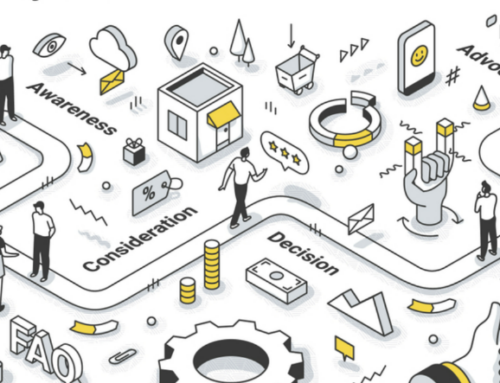About the author
I remember when I was a child, a visit to a dentist was one of the most stressful experiences for me. So can you imagine that today almost ¾ of Millennials prefer to go to the dentist than to visit their bank, according to the latest Millennial Disruption Index survey conducted by Scratch http://www.millennialdisruptionindex.com/.
Moreover, more than half of Millennials don’t see the difference between their bank and all the others. All the banks seem to be the same for them, with similar products, services and fees. It’s not easy for banks to show their distinctiveness and to attract new customers from this very important generation.
Millennials witnessed many changes in various industries. For example just in the last 20 years – the music industry went from tapes to CDs to mobile streaming and photography industry – from Kodak analog cameras to selfies taken by an iPhone equipped with a selfie-stick. They saw how new technologies, digital and mobile changed many companies, businesses and even whole industries. So, it is not surprising that almost 70% of them think that in 5 years, the way we access our money will be totally different. It is already different than a couple of years ago, but the real revolution is still ahead of us.
More sad news for bankers from this survey is that one in three of Millennials believe they will not need a bank at all in the near future. So what or who will replace banks for them?
There are new players entering financial markets and becoming a real threat to traditional banks. The four main groups are:
- Retailers – Tesco and Carrefour already offer financial services to their customers. They started with cobranded credit cards as a partnership with banks, but currently they created their own banks and offer a vast array of financial services to their huge customer base.
- Telecoms – Polish market is a good example, with 4 main telco companies where 3 of them already offer financial services. They operate as a joint venture with banks, but under the telecom branding (T-Mobile Banking Services or Orange Finance).
- Fintech startups – very dynamic and aggressive group of new players. Already noticed by banks, Jaime Dimon, JP Morgan CEO accused startups “They all want to eat our lunch, every single one of them is going to try. Silicon Valley is coming, there are hundreds of start-ups with a lot of brains and money working on various alternatives to traditional banking.”
- Technology giants, like Google, Amazon, Facebook, Apple or PayPal – the survey unveils, that a vast majority of Millennials would be more excited about financial services from them, than from their own current nationwide bank.
So what went wrong? Why do young people prefer to go to the dentist than visit their bank? Why do they prefer to use Facebook than their bank’s service?
There are several reasons for this. First of all, today’s customers are different than they used to be. There are using digital services like Google, Amazon or Uber and they are used to their customer centricity and great user experience. They don’t want to spend time learning how to use a new service. They don’t want to go to the branch, they expect a truly digital experience, without paper agreements and ink signature. The new generation of users is digitally native, they were practically born with internet access and smartphones in their hands, while for many banks ‘digital’ still means ‘alternative’.
It is also said that modern digital companies can win more customers because they offer a better customer experience than banks. It is a nice buzzword, but what does it really mean?
For example many banks have search engines in their internet banking systems. Sometimes I’m amazed how many options, filters and choices they offer. I’ve seen even a possibility to create, name and save filters for searching the transaction list! There is probably even a 10-page PDF manual available that explains how to use it. And let’s compare it with Google, they serve 2.3 million search queries per minute and there is just one search field and one button on their main page. So simple, so easy, so user friendly – this is the customer experience loved by billions of Google’s users.
How to offer better customer experience and engage customers? How to offer simple services loved by users? And finally, how to make visiting a bank more attractive than going to the dentist?
Stay tuned, we will follow-up on all these challenges in the upcoming entries. You can also schedule a free consultancy call and talk with our digital experts.







